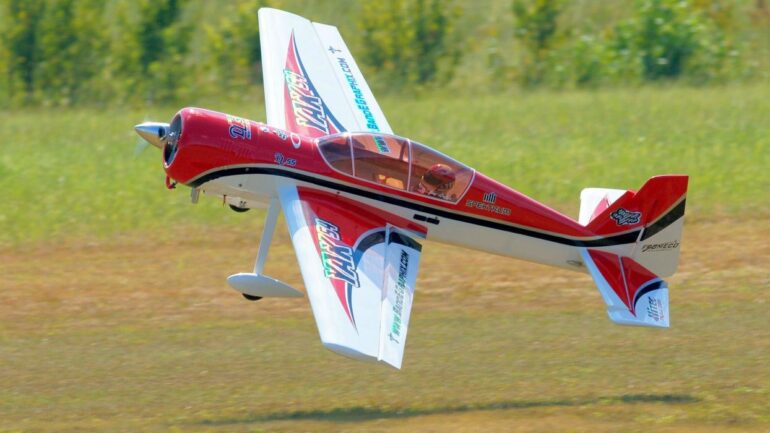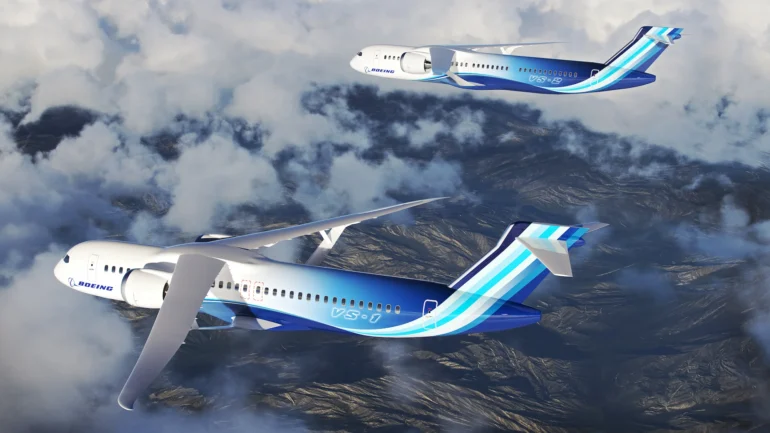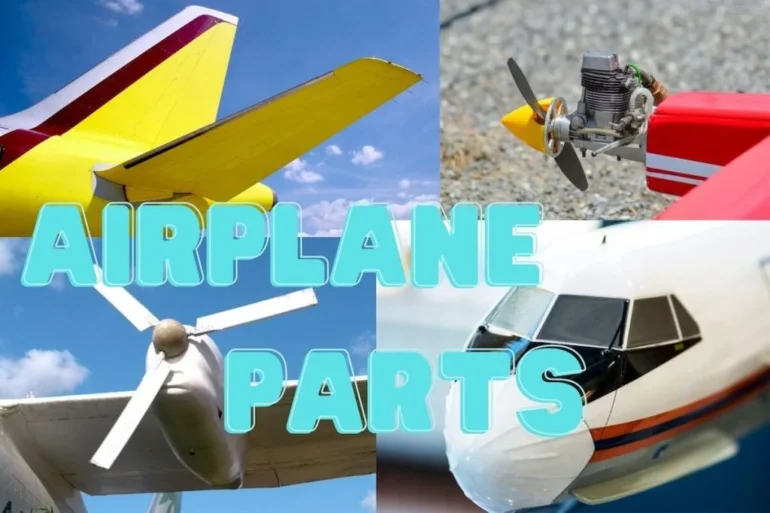For beginners, the world of remote control (RC) aviation can seem overwhelming, with a wide range of models, styles, and technical specifications to consider. Sure, you could just turn up to an RC shop and pick up the first model you see. But after a few hours, you’d realize you’ve made a terrible mistake.
If you’re an RC airplane rookie, you need an airplane that suits your level of experience, interest, and the conditions in which you’ll be flying. This guide is designed to simplify thatprocess, breaking down the key factors you need to consider before making your purchase.
From understanding the different types of RC airplanes available to evaluating your own needs and skill level, we’ll provide you with the essential information needed to make an informed decision.
Flight Prep: A Five-Step Guide to Buying An RC Airplane

We won’t sugarcoat it – buying an RC airplane is as far as you can get from a casual purchase. After all, it’s a significant investment. But with the right guidance, this process is not only manageable but also part of the fun.
This guide is here to navigate you through the nuances of choosing an RC airplane that fits your interests and flying aspirations, ensuring that your investment, both in terms of time and resources, is rewarding and well-suited to your journey into RC flight.
Choose The Right Type of RC Airplane
RC airplanes come in various types, each tailored for specific flying styles and pilot experience levels. For beginners, trainers are the ideal choice, offering stability and a user-friendly experience to help new pilots build their confidence and skills. However, you might be after a different flying experience than what trainers can offer.
The following table will make it easier for you to choose an RC airplane:
| Type of RC Airplane | Characteristics | Best For |
| Trainers | Stable, easy to control, great for learning basics | Beginners |
| Sport Planes | Agile, faster, requires more skill | Intermediate pilots |
| Sailplanes/Gliders | Designed for soaring, relies on thermals | Pilots interested in peaceful, skillful flying |
| Warbirds | Replicates historic military aircraft, offers realism | Enthusiasts of history and scale models |
Consider Your Flying Environment

When choosing your RC airplane, it’s imperative to consider the environment where you’ll be flying. Larger, open spaces such as fields or designated RC airfields are suitable for bigger and faster models, offering the necessary room for their operation and maneuvers. On the other hand, if you’re limited to smaller areas like local parks, then smaller, electric park flyers are your best bet. These models are designed for confined spaces, ensuring a safe and enjoyable flying experience.
It’s also important to be aware of local regulations and restrictions regarding RC aircraft, as different areas might have specific rules about where and when you can fly. This mindfulness ensures not only your safety but also that of others around you.
Consider the Number of Channels
When selecting your first RC airplane, the number of control channels it has is an important consideration. Typically, a beginner should start with an airplane that has at least three or four channels. These channels control basic functions like the motor, the elevators (for pitch control), and the rudder or ailerons (for turning and banking).
Starting with too few channels might limit your learning and enjoyment, while too many can be overwhelming. A three or four-channel plane strikes a good balance, offering enough control for a rewarding flying experience without being overly complex.
Choose the Right Power System
The power system of an RC airplane significantly influences its performance and handling. Electric-powered planes are a favorite among beginners for their ease of use, quiet operation, and low maintenance needs. They’re typically battery-operated and provide a clean, hassle-free flying experience.
On the other hand, glow (nitro) and gas-powered planes offer a more realistic flying experience with engine noises and are generally preferred by more experienced pilots. However, these types of planes require a greater understanding of engine mechanics and more regular maintenance, including fuel handling and engine tuning.
| Power System Type | Characteristics | Suitability |
| Electric | – Quiet, clean, and easy to use.
– Low maintenance, battery-operated. |
Ideal for beginners and those looking for a hassle-free experience. |
| Glow (Nitro) | – Realistic engine noise.
– More complex operation. |
Suitable for experienced pilots interested in a more authentic flying experience. |
| Gas | – Similar to nitro, with larger engines.
– Requires regular maintenance and fuel handling. |
Recommended for advanced hobbyists with a deep understanding of engine mechanics and maintenance. |
Take Assembly and Maintenance Into Account

Choosing between a ready-to-fly (RTF) model and a kit is another important decision. RTF models are ideal for beginners, as they come fully assembled and ready to fly, reducing the time and complexity involved in getting started. They are a convenient choice for those eager to get into the air quickly.
In contrast, building a model from a kit offers a deeper, more hands-on experience. It allows you to understand the intricacies of your aircraft, from its aerodynamic properties to its mechanical functions, and can be a highly rewarding part of the hobby, especially for those who enjoy DIY projects. But, as you can see from a quick look at this guide, building your own RC airplane isn’t exactly a walk in the park.
Budgeting for Additional Equipment
When budgeting for an RC airplane, it’s crucial to consider not just the cost of the airplane itself but also the additional equipment required. This includes transmitters (controllers), batteries, chargers, and, in some cases, additional tools and spare parts for maintenance and repairs. The type of airplane you choose can influence these costs significantly.
For example, electric planes might require more batteries, while gas-powered planes might need fuel and engine maintenance tools. It’s important to factor in these ongoing costs to ensure a sustainable and enjoyable RC flying experience.
Conclusion
To wrap up this guide, remember that picking your first RC airplane is an exciting step into a hobby filled with discovery and enjoyment. Hopefully, this guide will simplify your choice and make you well-equipped to select an airplane that will provide countless hours of flying fun. You’re now ready to embark on this exhilarating adventure, one that promises to enrich your leisure time with a rewarding new hobby.
